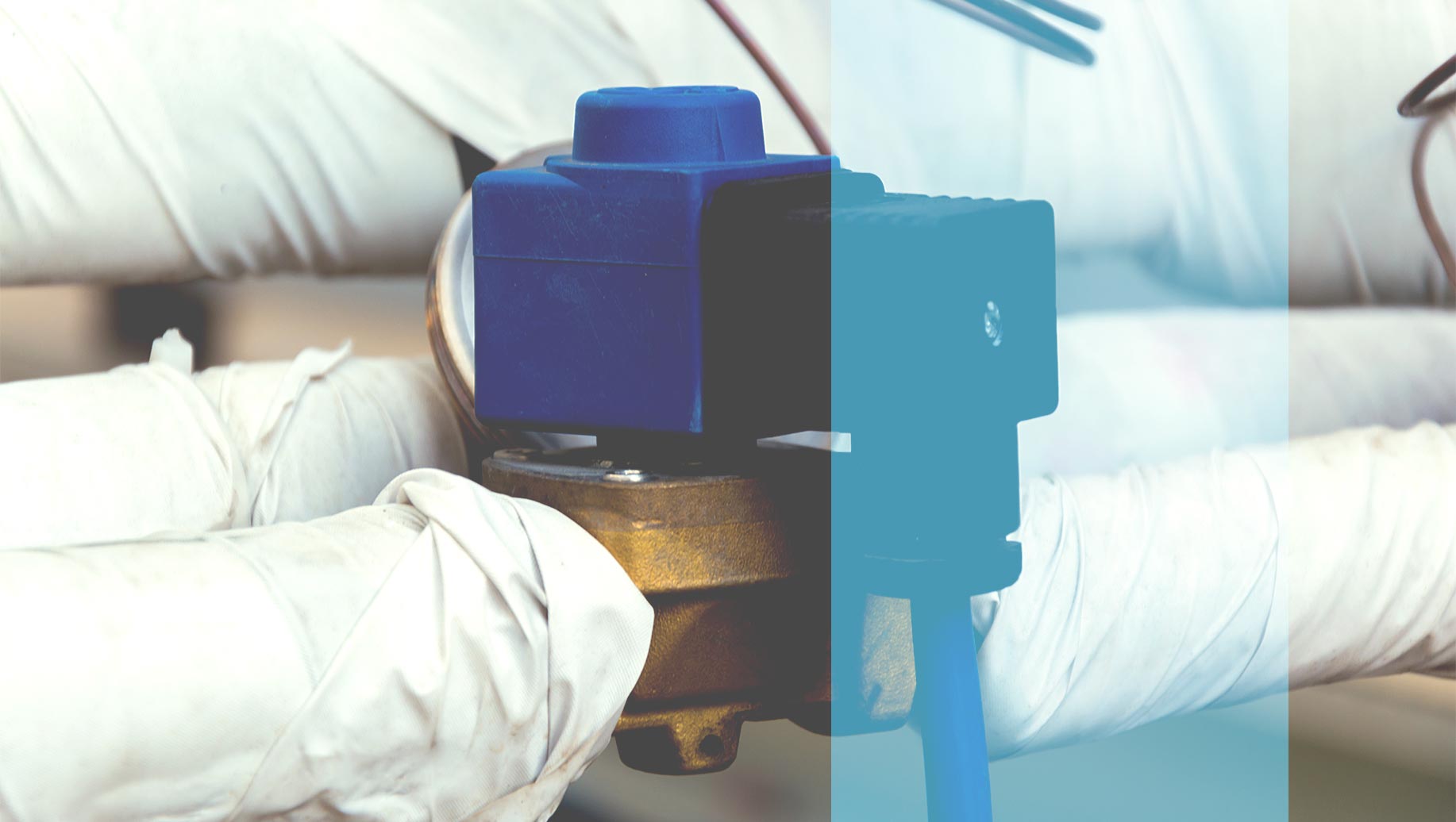Smart buildings are all about giving you more control over your building’s environment and operations. One area of facility management where additional control is beneficial is maintenance.
Striking the right balance in your approach to maintenance can be difficult. On one hand, the early replacement of potentially good parts could be a waste of time and money; on the other, waiting until equipment breaks could derail a critical business process or negatively impact building comfort. In a smart building, predictive maintenance offers you more control over the maintenance process so you can strike a better balance, wasting less and avoiding costly disruptions. (See how it compares to planned preventive maintenance here.)
Keep reading to learn more about how predictive maintenance works, and how you can get started with it at your building.
Looking for a partner who can help you get started with predictive maintenance? Schedule a discovery call with us!
The Smart Building: Predictive Maintenance Where It Matters
We’ve defined smart buildings as those that use Internet of Things (IoT) devices—sensors, software, online connectivity—to monitor various building characteristics, analyze the data, and generate insights around usage patterns and trends that can be used to optimize the building’s environment and operations. The same IoT technology enables predictive maintenance as well.
Here’s how it works: IoT sensors are attached to your machines and equipment, and collect data about their operation continuously. For example, on a commercial refrigerated unit, sensors could gather data on anything from the temperature of the coolant going into and out of a compressor to the number of times a compressor starts and stops to how long the compressor runs (and more). With the help of machine learning and algorithms, this data can then be mined and patterns identified. The data gathered during normal operations serves as a baseline for performance; over time, aberrant data may indicate that a problem currently exists—or that one may be developing.
Having this level of insight into your equipment means you have the ability to better plan your maintenance activities. You can prioritize maintenance where it’s most necessary and use your personnel more strategically. You can also use the data insights to order replacement parts or new equipment before a breakdown, so repairs can be made more swiftly.
Does predictive maintenance really pay off?
Statistics abound about the benefits of smart building predictive maintenance (did you know it costs 44% less than preventive maintenance?), but the real proof of value comes from the companies that have already adopted it. A few examples:
- Commercial real estate maintenance company Enertiv has experienced a 50% reduction in major equipment failures, and extended the life of its equipment by at least 20% after implementing predictive maintenance.
- Pulp mill Mercer Celgar dramatically reduced its catastrophic equipment failures from 50 per year to 5 per year, and decreased the number of pump replacements from 123 in 2007 to only 15 in 2018.
- Using predictive maintenance for HVAC only, the facility manager of one 29-story office building saved more than $16,700 in operating costs and another $32,300 in repair costs annually.
Predictive maintenance saves money, and it has additional benefits as well:
- One study showed that North American companies that used predictive technologies for maintenance had a 27% better safety performance than those that did not. (Emergency repair jobs are inherently more hazardous for maintenance personnel and put more workers in harm’s way.)
- The data collected as part of a predictive maintenance program could be used to your advantage to help settle a warranty claim. For example, the maintenance manager of a truck fleet was able to get 75% of the cost of replacement parts back from the manufacturer because he had a data trail to prove the failures were chronic and repetitive.
Implementing Predictive Maintenance
Predictive maintenance can be useful for any building, in any industry. In our experience, much of the activity around predictive maintenance currently is around mechanical equipment, everything from small actuators on a manufacturing line to HVAC blower motors. (Note that the significance of a well-functioning HVAC system has increased recently due to COVID-19 concerns.)
At IotaComm, we can help you implement predictive maintenance wherever it will make a positive impact. We approach the process by considering these three things:
- Where are your pain points from a maintenance perspective? We’ll talk with you about where you see a lot of recurring failures, and which failures are the most disruptive from a business point of view.
- What types of sensors could we deploy that would be leading indicators of failure? This is where our experts get involved to help engineer a system that will accurately produce failure prediction insights. Among other factors, designing such a solution requires a good understanding of the equipment, how often it’s used, and what, exactly, will indicate failure.
- Is it worth it? Just because you can use technology to predict failures doesn’t mean you should in every case. (Sometimes preventive maintenance is sufficient.) Equipment of low criticality may not be worth the effort or the expense. We’ll do a cost-benefit analysis to help you determine whether your scenario would benefit from predictive maintenance; if the answer is yes, we’ll help you get the ball rolling.
Interested in learning more about building predictive maintenance? Get in touch with us today.


